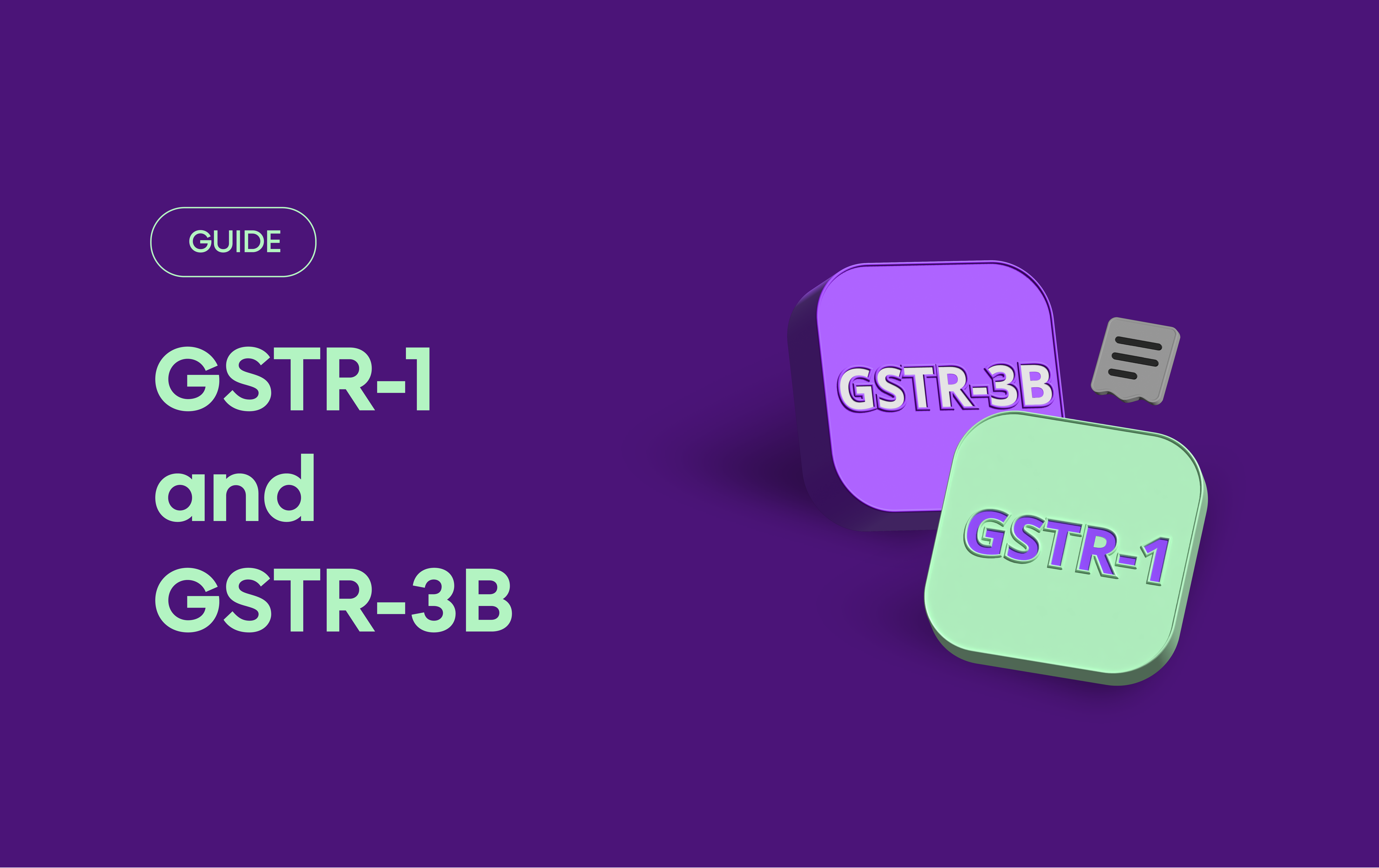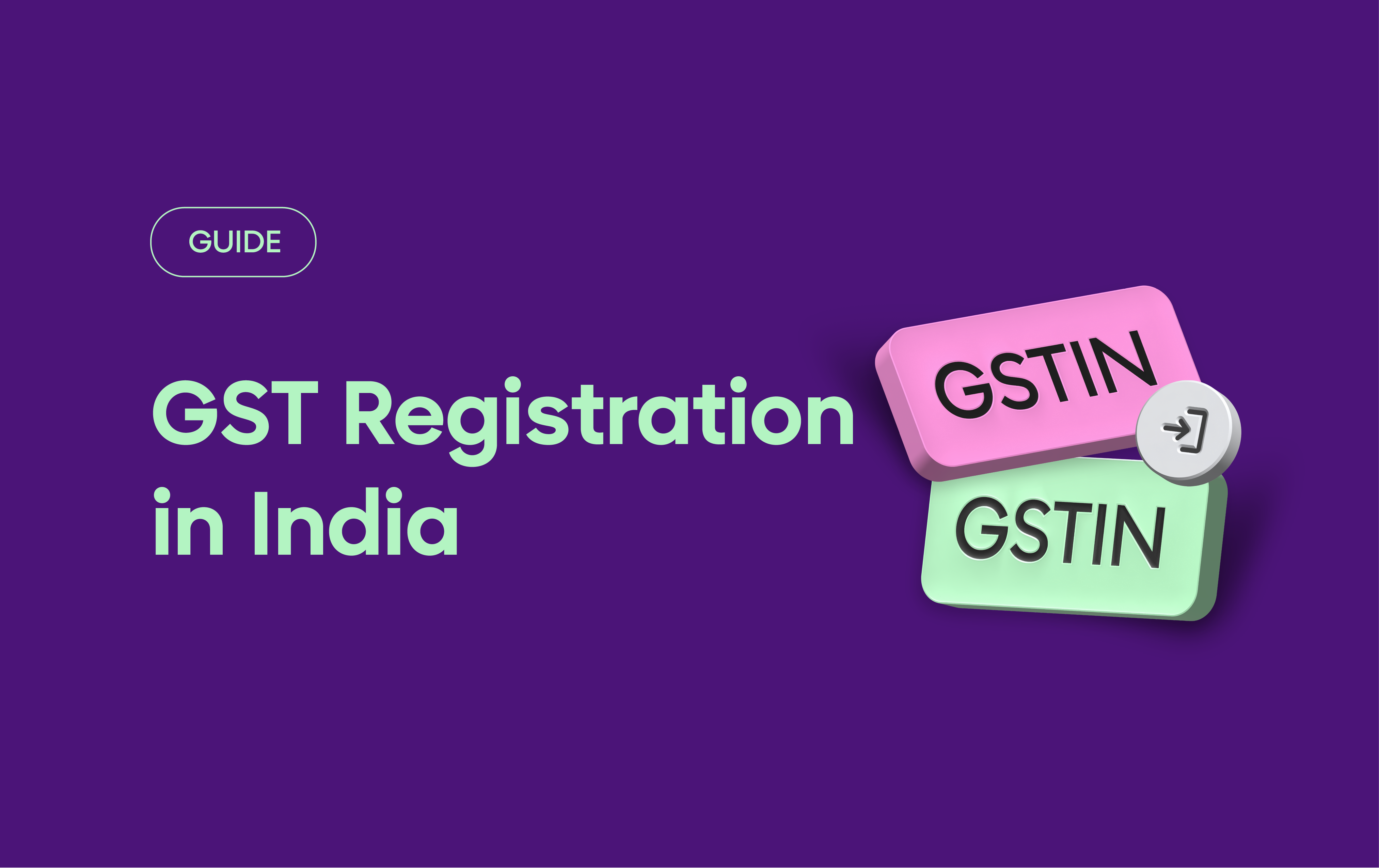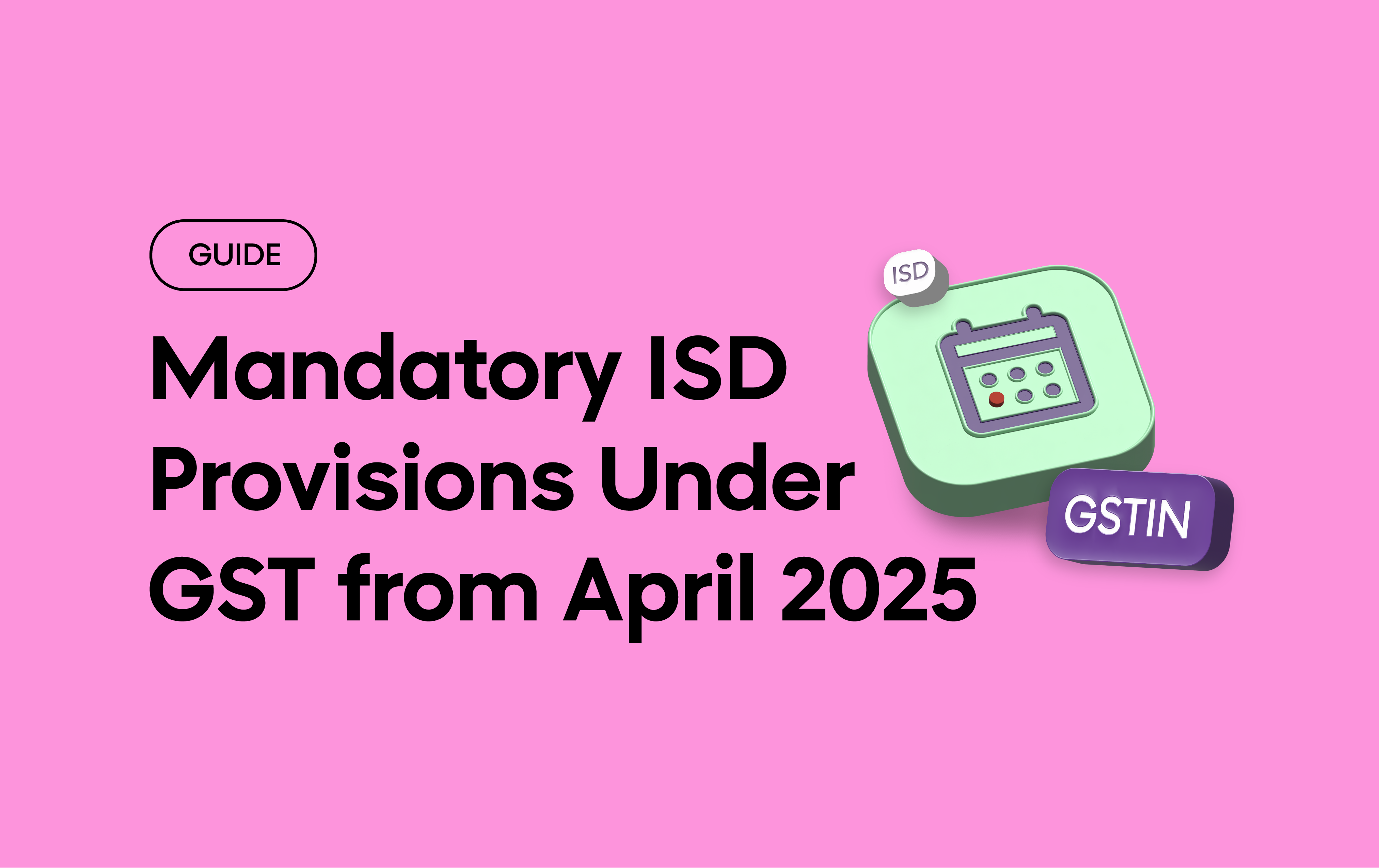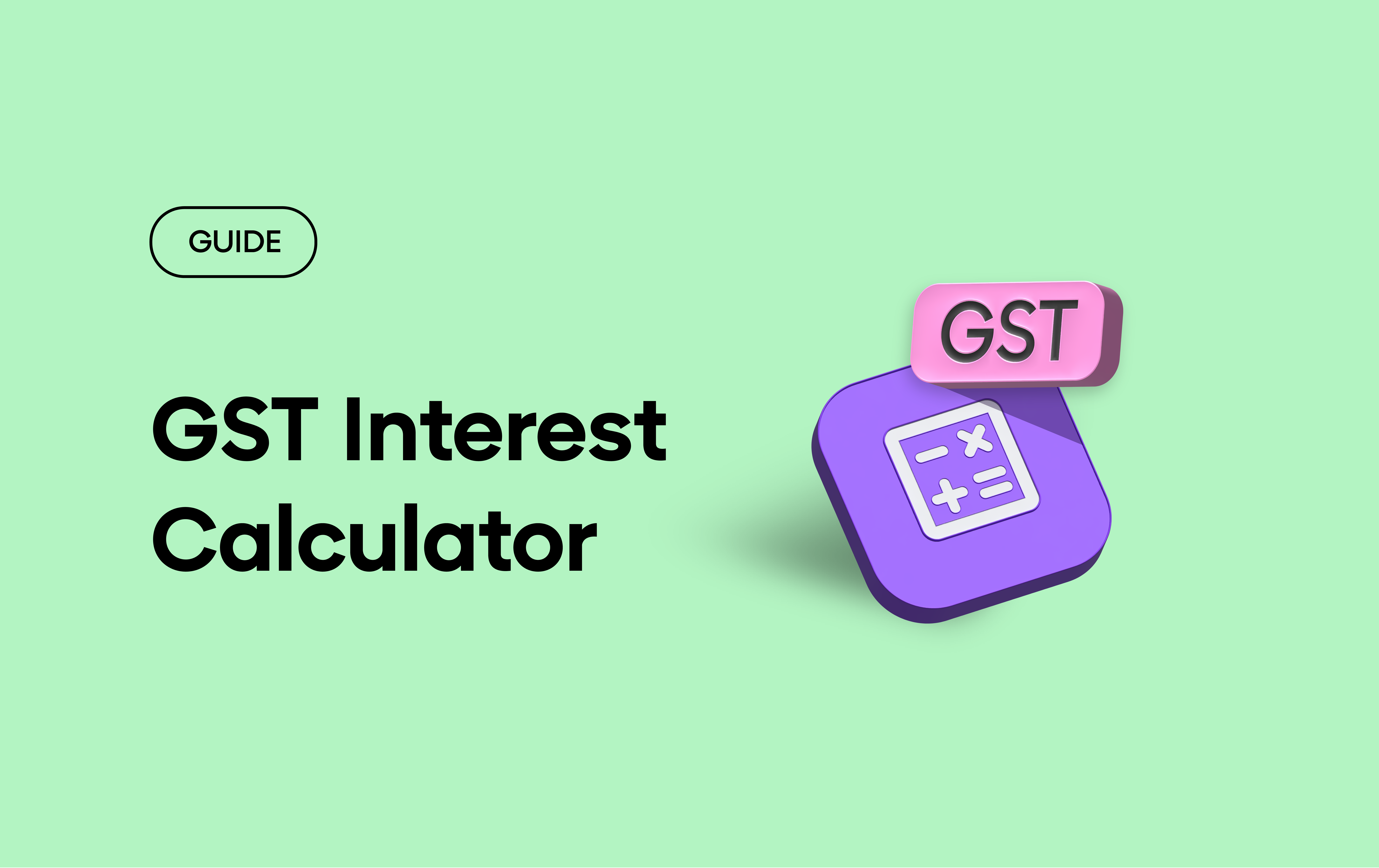GST compliance is a critical aspect of running a business in India. Breaking it down into manageable steps can make a significant difference. Among these steps, two critical forms—GSTR-1 and GSTR-3B—play an essential role in ensuring your business adheres to the necessary tax regulations. These are not just mandatory filings; they directly impact your business’s cash flow, tax credits, and overall financial health. As a business owner, staying informed about these forms can save time, reduce errors, and help avoid unnecessary penalties.
What is GSTR-1?
GSTR-1 is a return that businesses must file monthly or quarterly to report outward supplies (sales) of goods and services. It includes details such as the invoice-wise breakup of taxable sales, exports, and any debit or credit notes issued. This form ensures that the GST authorities have a record of the business’ sales transactions.
Who Should File GSTR-1?
All registered taxpayers under GST, except:
- Input Service Distributors (ISD)
- Composition scheme taxpayers
- Non-resident taxable persons
- Persons liable to deduct TDS (Tax Deducted at Source) under GST
Key Details in GSTR-1
- Invoice-wise details: B2B (business-to-business) and B2C (business-to-consumer) sales.
- HSN summary: Harmonized System of Nomenclature (HSN) code for goods and services.
- Exports: Details of sales made outside India.
- Debit/Credit notes: Adjustments to previously issued invoices, impacting sales data.
Due Dates for GSTR-1
- Monthly filers: 11th of the following month.
- Quarterly filers: 13th of the month following the quarter (under the QRMP scheme).
Importance of GSTR-1
Filing GSTR-1 ensures that your sales data is accurately reflected in the GST portal. It is critical because the information in GSTR-1 forms the basis for your buyers to claim Input Tax Credit (ITC) via their GSTR-2B. It also plays a key role in the calculation of your tax liabilities.
What is GSTR-3B?
GSTR-3B is a self-declaration summary return where taxpayers report the total tax liability and pay the corresponding taxes. Unlike GSTR-1, it does not require invoice-level details and serves as a simplified way to discharge GST liabilities.
Who Should File GSTR-3B?
All regular taxpayers registered under GST must file GSTR-3B, including those under the QRMP scheme (on a quarterly basis).
Key Details in GSTR-3B
- Tax liability: Consolidated details of outward and inward supplies.
- Input Tax Credit (ITC): ITC claimed on purchases.
- Tax payment: Details of tax paid (CGST, SGST, IGST, Cess).
- Nil return: If there is no business activity, a Nil GSTR-3B must still be filed.
Due Dates for GSTR-3B
- Monthly filers: 20th of the following month.
- QRMP scheme: 22nd or 24th of the month following the quarter, depending on the state.
Importance of GSTR-3B
Filing GSTR-3B ensures that your tax liabilities are settled on time. Late filing attracts interest and penalties, which can disrupt your cash flow and compliance status.
Download the GST Calendar 2025 here.
Key Differences Between GSTR-1 and GSTR-3B
| Aspect | GSTR-1 | GSTR-3B |
| Purpose | Reporting outward supplies | Self-declaration and tax payment |
| Details Required | Invoice-wise data | Consolidated summary |
| Filing Frequency | Monthly/Quarterly | Monthly/Quarterly |
| Due Date | 11th or 13th of the month/quarter | 20th or 22nd/24th of the month |
| ITC Impact | Enables buyer’s ITC claim | ITC claimed by the taxpayer |
Who Can Opt for Quarterly Filing?
Taxpayers with a turnover of up to ₹5 crores can opt for quarterly filing under the QRMP scheme. This allows businesses to file GSTR-1 and GSTR-3B quarterly instead of monthly, easing the compliance burden.
Common Challenges and Tips for Filing GSTR-1 and GSTR-3B
Challenges:
- Mismatch in data: Errors in GSTR-1 can lead to mismatches in buyer’s ITC claims, leading to reconciliation issues.
- Delayed filing: Late filing results in penalties and interest.
- Reconciliation issues: Discrepancies between GSTR-1 and GSTR-3B can lead to compliance hurdles.
Tips for smooth filing:
- Automation: Use accounting software to auto-generate GST returns.
- Reconciliation: Regularly match your books with GST returns to avoid mismatches.
- Timely filing: Mark due dates to ensure timely compliance.
- Professional help: Consult a GST expert for accurate filing.
How OPEN Money Simplifies GST Compliance
OPEN Money offers a comprehensive suite of tools to streamline your GST compliance:
- Automated GST filing: Automate and simplify GSTR-1 and GSTR-3B filing with minimal effort.
- Reconciliation features: Match your invoices and returns seamlessly.
- Reminders: Stay updated about upcoming deadlines to ensure timely filings.
By using OPEN Money, you can focus on growing your business while ensuring hassle-free GST compliance.
Understanding GSTR-1 and GSTR-3B is essential for any business operating under the GST regime. While GSTR-1 ensures accurate reporting of outward supplies, GSTR-3B helps settle your tax liabilities. Staying compliant with these filings avoids penalties and strengthens your business’s financial health.





